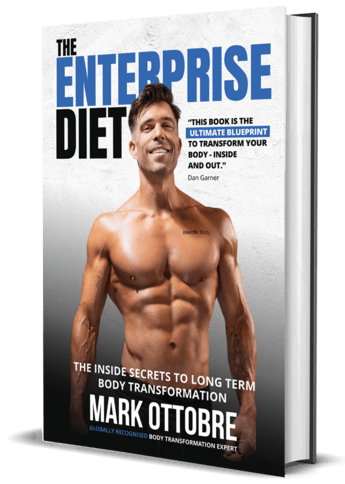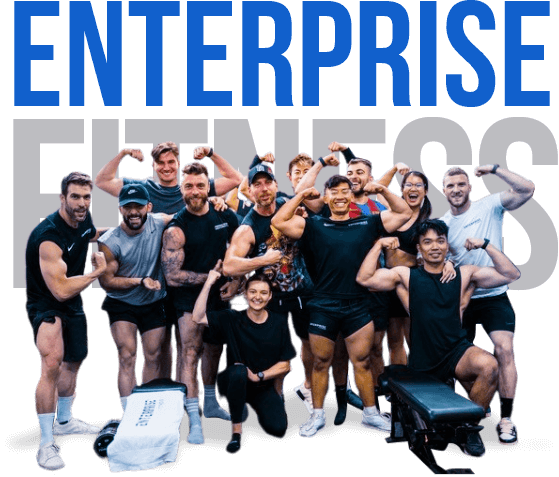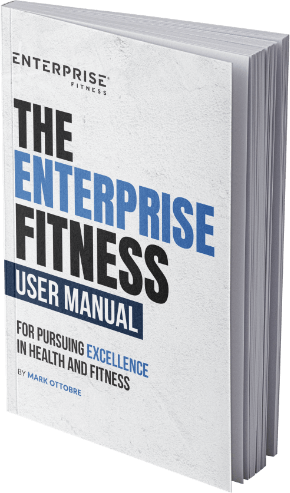Is it possible to build lean muscle?
The holy grail of transforming a physique is to build as much lean muscle as possible without putting on any fat. With smart training and nutrition, along with consistency, it CAN be done!
(if you don’t believe us, check out our client Steve; he gained 7kg of lean mass in 12 weeks).
Here are 5 starting points that we use with our own clients to build a ripped physique, which you can integrate into your own diet and training for better #gainz…
1.Eat Enough Complete Protein
We all know protein is vital for growing and maintaining muscle, and if your primary concern is building muscle, ensure you’re consuming complete proteins containing essential amino acids (EAAs). An EAA cannot be produced by the body.
For example, Leucine is one of nine EAA’s – it’s primary role is aiding protein synthesis, vital to muscle gains. Leucine has sometimes been referred to as the trigger’s of the gun that ignites the pathway to protein synthesis.
On the topic of protein intake; it can greatly vary between 1.6 to 3x per kilo of bodyweight depending if dieting, maintenance or trying to build. Generally speaking protein intake could be calculated anywhere between 1.6 to 3 times bodyweight.
2. Eat Enough Fat
Dietary fat is vital for health. The healthier you are, the more able you are to build muscle and burn fat. Go to sources are organic butter, ghee, olive oil, coconut oil and avocados. Never hydrogenated or partially hydrogenated oils.
A general guide that we use for calculating macros is 0.8-1g of body weight is your fat goal.
So if you weigh 60 kilos, 60 x .8 = 48 grams of fat per day is the minimum allocated fat.
3. Eat Enough Carbs
Building lean muscle requires consistent weight training, so you’ll need plenty of fuel to allow for optimal performance in the gym.
Carbs is the body’s first source of fuel.
We recommend choosing optimal sources, such as rice, sweet potato, pumpkin, quinoa and if you’re lean enough, a touch of maple syrup.
Your carb goal will vary depending on whether you are building or cutting.
Once you have calculated your daily protein and fat numbers, the rest of your calories can be made up of carbs.
4. Space Out Your Meals
The criteria for optimal meal timing has 3 main categories:
- Nutrient time (e.g. pre and post training)
- Optimal spacing for digestion
- Lifestyle friendly feeding windows
What you digest and assimilate is as important as what you eat, therefore, one should never force feed to hit a magic ‘meals per day number’.
5. Don’t Drink Your Calories
Protein shakes, although useful in some situations will never replace the nutrients you get from eating a piece of steak or having a few scramble eggs. Many dieters fall into the trap of ‘drinking’ calories rather than chewing their food.
Eating over drinking will satisfy your appetite for longer too. If your finding yourself hungry, why drink your calories in a few gulps when you can fill yourself up with more meals and get the micro nutrients that come with it?
Integrate these simple 5 steps into your diet and you’re off to a great start. If you’d like to take your physique to the next level, our expert personal trainers can get you there.




